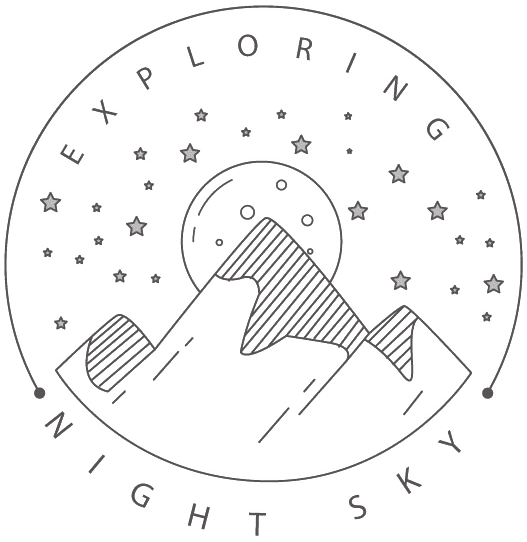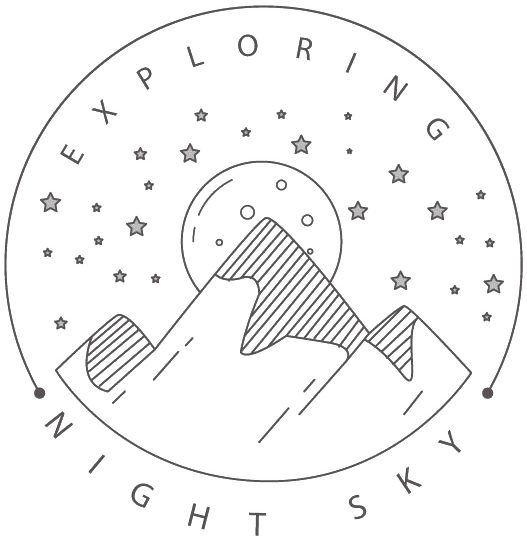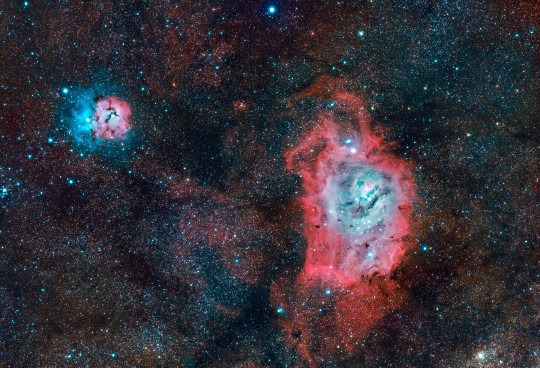Often when you talk about astrophotography, first things that come to mind are Long Exposure and High ISO. For most of the time this is true but then there are times when you cannot use both at the same time and sometimes you just have to stick to short exposure times.
Sometimes, the images produced with a short exposure will not have much detail of the sky, but if you are a dark site, it is sufficient enough to capture those details.
I recently visited East Cape lighthouse, which is the easternmost point of New Zealand to capture the milky way rising next to the lighthouse. This was my first time so I did not know what to expect. These beautiful beams going across the sky looked so beautiful and I wanted to capture them with the milky way rising. As usual, I set up my camera to a 20sec exposure, ISO 6400, f/2.8 and not to be surprised but the lighthouse was overexposed and I did not capture any of those beams.
A bit disappointed, I tried again with slow exposure and got better. Then I thought, the reason I am not capturing the beams is because, when on a long exposure, the beams are overlapping each other and instead of getting a single beam I was capturing this bright area around the lighthouse.
Maths isn’t my strongest thing but a simple calculation helped me get those beams. There were 6 beams of light and they were all 6sec apart from each (I looked at the beams and counted and later used my watch to time it) That tells me, that if I use any exposure of more than 6sec, I would not get any beams. So, I used 5sec and to my surprise I did capture the beams, but the image was too dark. I was losing all the detail in the sky. Luckily I was using a Samyang 24mm f/1.4 Lens and because I usually shoot at f/2.8 I never bothered to change it. After few test shots I realised, I could open up the aperture and let more light in and yes that was how I managed to capture the detail in the sky and the lighthouse.
Later I used a Canon 50mm, f/1.8 Lens to shoot the same region but wanted a different angle, so I could see the Galactic Kiwi rising behind the lighthouse. I had the same problem again, but because I was zoomed in, the image became overexposed really quick, so had to lower the exposure to 4sec. I was sceptical about the settings, but it surprisingly worked.
Below are the results of all that fiddling around with the settings:
- One of the 1st images I took : 20sec, ISO 3200, 24mm, f/2.8 on Canon 6D

20sec, ISO 3200, 24mm, f/2.8 on Canon 6D
- Another shot with same settings, without the clouds in the background, can’t see the beams. : 25sec, ISO 3200, 24mm, f/2.8 on Canon 6D

25sec, ISO 3200, 24mm, f/2.8 on Canon 6D
- Another try to capture the rays. Short exposure, Very high ISO ~ Not Successful : 2sec, ISO 10000, 24mm, f/2.8 on Canon 6D

2sec, ISO 10000, 24mm, f/2.8 on Canon 6D
- This is when I got those golden settings and realised I could open the lens to f/1.4, looks pretty intense with the clouds in the background. : 4sec, ISO 6400, 24mm, f/1.4 on Canon 6D

4sec, ISO 6400, 24mm, f/1.8 on Canon 6D
- And finally, I settled down with these settings. Below is a comparison of SOOC and Processed image : 5sec, ISO 6400, 24mm, f/1.4 on Canon 6D
[twentytwenty]


[/twentytwenty] - This is the shot I took with 50mm : 4sec, ISO 6400, 50mm, f/2.8 on Canon 6D
[twentytwenty]


[/twentytwenty] - And here is a little GIF that shows a very small section of the time-lapse.
[WPGP gif_id=”470″ width=”600″]





